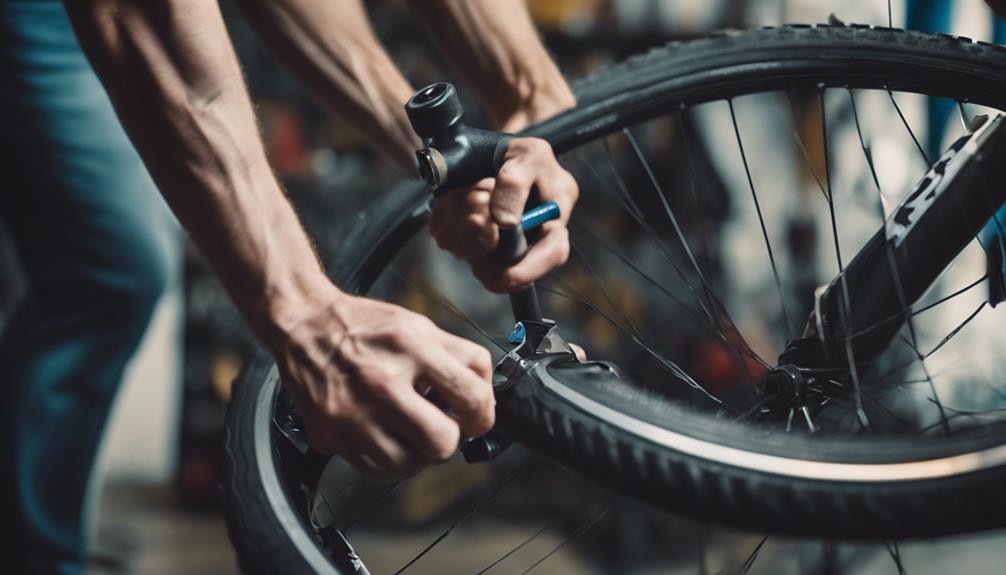As cycling continues to grow in popularity, the importance of bike fitting has become increasingly recognized among enthusiasts and casual riders alike. A proper bike fit can significantly enhance comfort, efficiency, and overall cycling performance. This article will explore the intricacies of bike fitting, the benefits it offers, and how to find a reliable bike fitting service near you.
Understanding Bike Fitting
Bike fitting involves adjusting a bicycle to suit the individual rider’s body dimensions, flexibility, and riding style. It is a combination of art and science, requiring both technical knowledge and an understanding of human biomechanics. A proper fit can prevent injuries and improve performance, making it a vital aspect for anyone looking to enhance their cycling experience.
Why is Bike Fitting Important?
Many cyclists underestimate the importance of a proper bike fit, but the benefits are numerous. Here are a few reasons why bike fitting should be a priority:
- Injury Prevention: A well-fitted bike reduces the risk of common injuries such as knee pain, lower back pain, and neck strain.
- Enhanced Comfort: A proper fit allows for a more comfortable riding experience, enabling longer rides without discomfort.
- Improved Efficiency: Efficient power transfer from the rider to the bike translates to better performance and speed.
- Better Handling: A correctly fitted bike is easier to control and maneuver, increasing safety on the road or trail.
Components of a Bike Fit
A comprehensive bike fitting session typically includes several key components:
1. Body Measurements
The bike fitter will take various measurements of your body, including inseam length, torso length, arm length, and shoulder width. These measurements help in determining the appropriate frame size and geometry.
2. Flexibility Assessment
Understanding your flexibility is essential for determining saddle height and handlebar position. A flexibility assessment can highlight any limitations that need to be addressed.
3. Riding Style Analysis
The fitter will inquire about your cycling goals, whether it be racing, commuting, or leisure riding. Your riding style influences the optimal bike setup.
4. Equipment Evaluation
Current bike components, including saddle, handlebars, and pedals, will be assessed to ensure they align with your fit needs. Sometimes, adjustments or upgrades may be necessary.
5. On-Road or On-Trail Adjustments
Many fitters offer a dynamic fit, where adjustments are made while you ride. This approach allows for real-time tweaks to maximize comfort and efficiency.
Finding a Bike Fitting Service Near You
Now that you understand the importance of bike fitting and what it entails, the next step is to find a fitting service that meets your needs. Here are some tips for locating a reliable bike fitting service near you:
1. Local Bike Shops
Your first stop should be local bike shops (LBS). Many shops now offer professional bike fitting services. Here’s how to evaluate them:
- Check Reviews: Look for customer reviews online or ask fellow cyclists for recommendations.
- Ask about Certification: Inquire if the fitters have any professional certifications, such as those from the Specialized Body Geometry or the Serotta International Cycling Institute.
- Visit the Shop: A quick visit can help you gauge the shop’s professionalism and the equipment they use for fittings.
2. Online Resources
There are several websites and platforms where you can find bike fitting services. Consider using:
- Google Maps: A simple search for “bike fitting near me” can yield a list of local options.
- Social Media: Check local cycling groups on platforms like Facebook or Instagram for recommendations.
- Cycling Forums: Websites like Reddit or specialized cycling forums often have threads dedicated to local bike fitting services.
3. Professional Fitters and Coaches
Some professional cyclists and coaches offer independent bike fitting services. This could be a more personalized experience, but often at a higher price point. Research their background and experience for assurance.
What to Expect During a Bike Fitting Session
Understanding what to expect can help you prepare for your bike fitting appointment:
- Initial Consultation: Expect to discuss your cycling history, goals, and any discomfort you may have experienced.
- Measurements and Assessments: The fitter will take various measurements and assess your flexibility and riding style.
- Bike Setup: Your bike will be adjusted based on the assessments, including saddle height, angle, and handlebar position.
- Test Ride: You’ll likely be encouraged to take a short ride to assess the adjustments made, allowing for further tweaks.
Cost of Bike Fitting Services
The cost of bike fitting services can vary widely based on location, the complexity of the fit, and the experience of the fitter. Here’s a general breakdown:
- Basic Fit: $50 – $100 (includes basic measurements and adjustments)
- Comprehensive Fit: $100 – $300 (includes detailed assessment, dynamic fitting, and adjustments)
- Custom Fit: $300 and up (includes advanced technology such as pressure mapping and motion analysis)
Tips for a Successful Bike Fitting Experience
To ensure you get the most out of your bike fitting session, consider these tips:
- Dress Comfortably: Wear cycling shorts and shoes similar to what you typically use when riding.
- Be Honest: Share any discomfort or pain you experience while cycling; this information is crucial for adjustments.
- Ask Questions: Don’t hesitate to ask the fitter about the adjustments being made and the rationale behind them.
- Follow-Up: After your fitting, give yourself time to adjust to the new setup, but don’t hesitate to return for further tweaks if needed.
Conclusion
A proper bike fit can make a world of difference in your cycling experience, enhancing comfort, efficiency, and enjoyment. By understanding the components of bike fitting and knowing how to find a qualified service near you, you can invest in your cycling journey with confidence. Whether you’re a seasoned cyclist or just starting out, prioritizing a bike fit is a step toward unlocking your full cycling potential. Remember, the right fit can transform a good ride into a great one!
